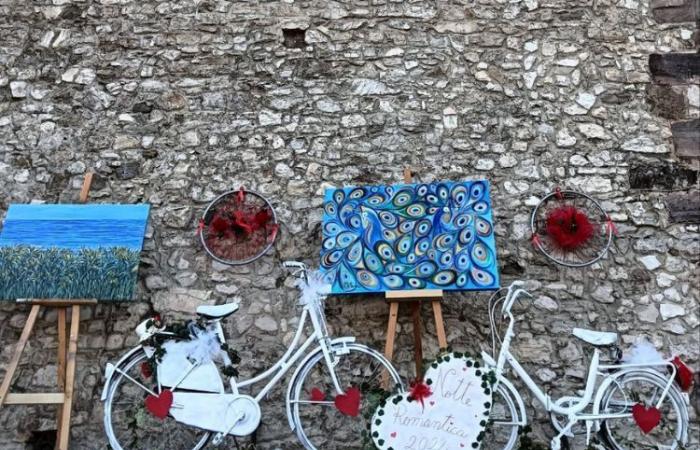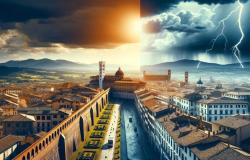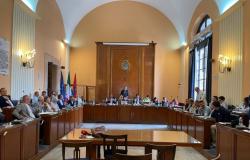
ABRUZZO – The “Romantic Night in the most beautiful villages in Italy” has established itself over the years as one of the most loved and followed events in the tourist-cultural and entertainment panorama of our country, attracting an average of 500,000 visitors every year to the villages that participate.
The demonstration of the interest and appreciation of the event is given by the high participation: in fact, this year too almost 200 villages of the Association have organized this special evening. Even for local administrators, Pro Loco and the associations of the thirty most beautiful villages in Italy in Abruzzo and Molise, the Romantic Night represented an important opportunity to promote and enhance their certified villages, attract tourist flows and support the local economy, declares Antonio Di Marco, president of the Association of the most beautiful villages in Italy in Abruzzo and Molise. The romantic event is also a fundamental tool for communicating the numerous possibilities for sustainable, slow and experiential tourism that these “jewels” of Hidden Italy offer.
Abbateggio has chosen to celebrate the Romantic Night of the most beautiful villages in Italy with the show “E mo gna facemme?” (And now how do we do it?), a one-act play in two parts dedicated to the escaped displacement of the town of Roccamorice, in the province of Pescara, signed by the author Tommaso Menna and performed last night. «An exciting and participatory tribute, an evening dedicated to history and attachment to one’s origins – comments president Di Marco. The show, which was born from the need to pass on facts that belong to the history of Roccamorice and of many Abruzzo territories struggling with the vicissitudes of war, has a quantity and density of meanings that transforms in the eyes of the spectator to become universal history, through theater that broadens the boundaries of narration. The text, recited in dialect, recalls the events of 19 January 1944, when in Roccamorice the Germans who had already occupied the town for a few months, ordered the evacuation of the entire population. Within a couple of days, everyone would have had to leave their homes, everything and go who knows where. This eventuality threw the entire community of Rocco into despair and they decided to appeal to the Madonna delle Grazie to avoid the sad fate. Under the snow they reached the parish church of San Donato in procession, begging for grace. The next day, unexpectedly, the evacuation order was revoked. The whole story takes place inside a house in the historic center of Roccamorice, between Christmas Eve 1943 and 19 and 20 January 1944, with the Germans in the village and daily life which must necessarily continue, having to do the deal with this unwanted guest: until the January event which is both dramatic and grandiose.”
«A sense of precariousness that has marked the history of many Abruzzo communities and which is well expressed in the title, “E mo gna facemme?” which makes the disorientation experienced, but is a symptom of reaction, a quality that unites Abruzzo people from any part of the region. The use of dialect is a form of memory of emotions experienced and, at the same time, protection of our origins, it re-proposes the ancient speech of Roccamorice because precisely through the beauty, the colour, the semantic richness of that expression the anxieties took shape, the doubts, the anxieties and also the enthusiasm of those days”, concluded President Di Marco.





